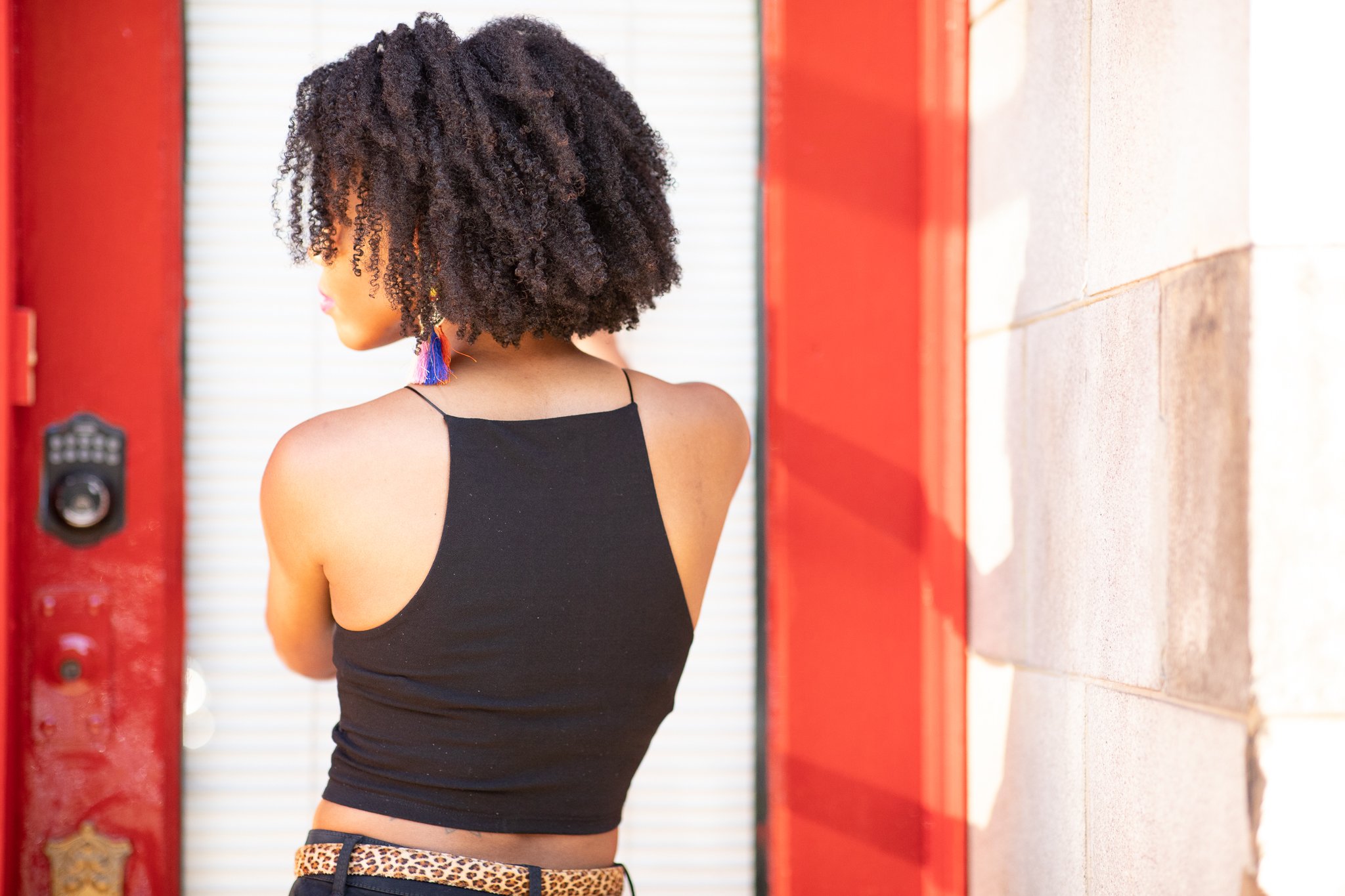What’s My Natural Curl Type?
The myth of 4C hair will not die no matter how many times we fight the air. So many comments of “my 4C could never” or “that won’t work on my 4C hair” but we never have a straightforward explanation of what exactly 4C means. What we have assumed it to mean by the inquiries we’ve received is that when a person perceives they have “4C hair” they are saying that their hair is very tightly coiled/waved and they have been following a set of care practices that have not been beneficial to the health or aesthetic of their natural hair.
The number/letter system was something made up by Andre Walker based in the degree of curl in the hair. Second, the type 4 folks were encouraged to get a relaxer for manageability. This number/letter system to determine your “curl type” is false, and is not a good indicator of your true hair texture or how to properly care for your hair.
So, what factors do cosmetologists use to evaluate your hair? A little thing we like to call The Essential Elements of Hair. These are the generally accepted principles (GAP) in the study of hair as understood by cosmetologists, dermatologists, and lay people alike. This blog post will discuss a few essential elements that are important to know in your normal hair care routine.
#1: Surface Texture
Whether your hair is fine, medium, or coarse, it is the surface texture that displays the natural appearance of the hair. Surface texture can range from rough and crinkly to silky and glassy, to smooth and cottony. The surface appearance of all three textures can range from cotton candy to glassy sleek.
An individual’s surface texture also determines if the hair will have a sheen or a shine. Light has the ability to reflect off of smoother surfaces, but when there are lot of twists and turns, like in textured hair, light is absorbed instead of reflected. We constantly have to remind our members and clients how the game changes when you go from relaxed to natural and we have to change our expectations of our hair.
#2: Density
Density is defined as the number of individual strands per square inch, which is organized into 3 types: low, average and high.
Low density is when the scalp is easily seen through the hair due to spacing between hair follicles. Low density hair tends to lack volume unless paired with a coarse texture.
Medium density is when the scalp is the scalp is covered but the hair is easily parted, styled and manipulated. Medium density hair has average volume and a range of styling ability.
High density is when the scalp can barely be seen due to hair follicles being in close proximity. Depending on texture, the hair can be heavy with lots of volume.
#3: Climate
Climate is one of those things we have absolutely no control over and at the same time it can make or break our hair styling choices. Dew point is the measure of moisture in the air and is a crucial part of choosing a hair care routine. Drier climates with lower dew points (like Las Vegas) pull moisture from the hair, while more humid climates (like Atlanta on any given day) can have too much moisture in the atmosphere inspiring serious frizz as the hair reaches into the atmosphere to suck in the moisture.
#4: Lifestyle
How much time do you want to put into your hair weekly? Do you work out? And if so, how often? Are you a mom? Are you a busy professional? These are all things that impact what you have the energy to do to your hair daily/ weekly/monthly. That’s why it’s important to form a signature style, something that you can do on your own with little to no effort, to match your lifestyle for what you have time for each week.
Want to learn more about Essential Elements and learn how to determine yours? In our SeeSomeCurls Visual Library, we explain why and to develop a hair a care routine based on your unique Essential Elements. Learn more.

